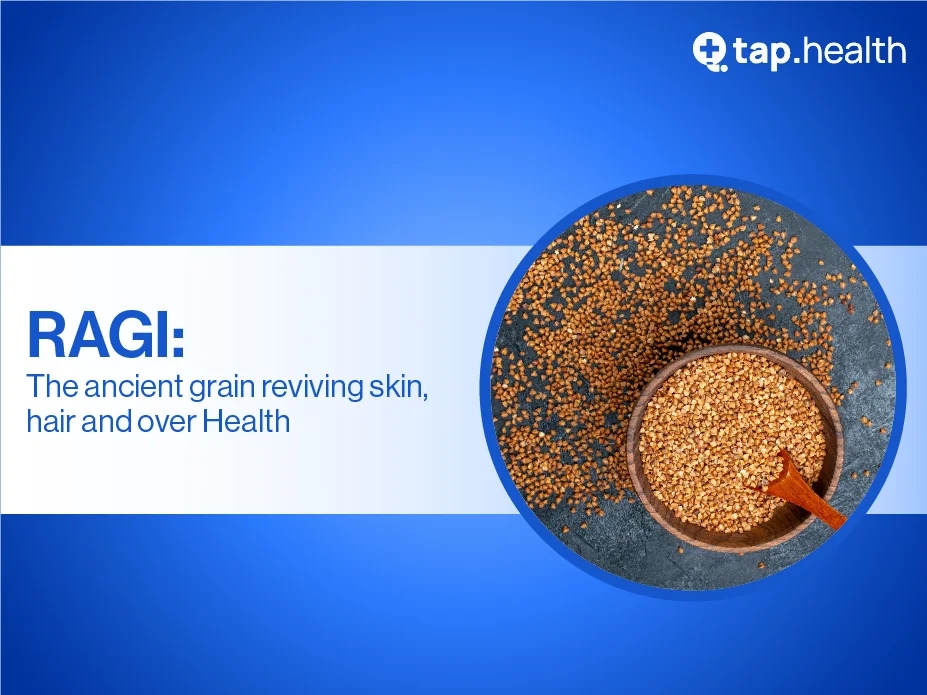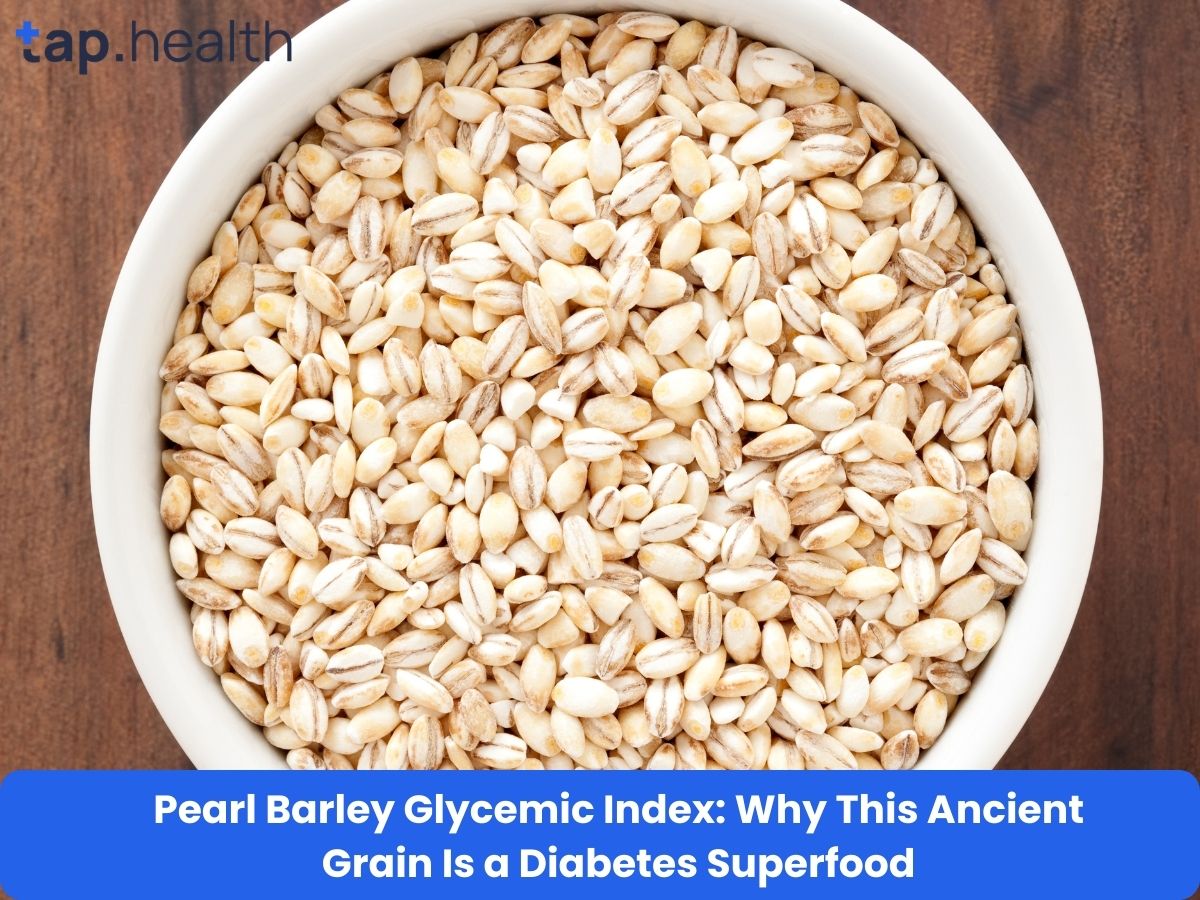Ragi, or finger millet, is a nutrient-packed grain celebrated for its versatility and health benefits. From boosting digestion to enhancing skin and hair health, ragi is a superfood with a rich nutritional profile. This blog explores ragi’s benefits, uses, and potential side effects in a concise question-answer format, addressing common queries about this ancient grain.
What Is Ragi and Why Is It Popular?
Q: What is ragi, and why is it considered a superfood?
Ragi, scientifically known as Eleusine coracana, is a small, reddish-brown cereal grain from the Poaceae family, widely grown in Africa and Asia. Its popularity stems from its rich nutritional content, including complex carbohydrates, proteins, fiber, vitamins, and minerals. Traditionally cultivated using organic methods, ragi is a staple in many diets and is valued for its health benefits, including supporting digestion, weight management, and bone health.
What Are the Key Nutrients in Ragi?
Q: What nutrients make ragi a healthy choice?
Ragi is a nutritional powerhouse, offering:
- Complex Carbohydrates: Provide sustained energy, ideal for active individuals.
- High Fiber: Supports digestion and prevents constipation.
- Proteins: Rich in essential amino acids, perfect for vegetarians.
- Minerals: High in calcium (six times more than wheat), iron, and phosphorus for bone and blood health.
- Vitamins: Includes B-complex, vitamin E, and folic acid for overall well-being.
- Antioxidants and Phytochemicals: Combat oxidative stress and inflammation, reducing chronic disease risk.
These nutrients make ragi a versatile food for health-conscious diets.
How Does Ragi Benefit Digestive Health?
Q: Can ragi improve digestion?
Yes, ragi’s high fiber content promotes healthy digestion by preventing constipation and ensuring regular bowel movements. Fiber acts as a natural laxative, adding bulk to stool and supporting gut health. It may also alleviate conditions like irritable bowel syndrome and reduce gastrointestinal issues.
Is Ragi Good for Weight Management?
Q: How does ragi help with weight loss?
Ragi aids weight management due to its low glycemic index and high fiber content. The complex carbohydrates release energy slowly, preventing blood sugar spikes and curbing hunger. This promotes satiety, reduces snacking, and supports healthy weight maintenance, making ragi ideal for those managing diabetes or aiming to lose weight.
How Does Ragi Support Bone Health?
Q: Why is ragi recommended for strong bones?
Ragi is a rich source of calcium, containing six times more than wheat, which is essential for bone health. Regular consumption helps prevent osteoporosis, especially in women, and supports muscle function and a healthy nervous system. It’s a natural way to boost calcium intake and reduce the risk of fractures.
Can Ragi Help Manage Diabetes?
Q: Is ragi suitable for people with diabetes?
Yes, ragi’s low glycemic index ensures a slow release of glucose, preventing sudden blood sugar spikes. Its high fiber content improves insulin sensitivity, aiding glycemic control. Ragi also supports heart health, which is crucial for diabetics at higher risk of cardiovascular issues.
How Does Ragi Promote Heart Health?
Q: What role does ragi play in heart health?
Ragi supports heart health through its antioxidants and dietary fiber, which lower LDL (bad) cholesterol levels. This reduces plaque buildup in arteries, decreasing the risk of heart diseases like atherosclerosis, heart attacks, and strokes. Its antioxidants also combat oxidative stress, a key factor in heart-related conditions.
How Can Ragi Improve Skin Health?
Q: What are ragi’s benefits for skin?
Ragi enhances skin health in multiple ways:
- Natural Cleanser: Ground ragi mixed with water forms a paste that exfoliates and cleanses, removing dirt and dead skin cells for a refreshed complexion.
- Anti-Aging: Antioxidants in ragi fight free radicals, reducing wrinkles and fine lines for youthful skin.
- Hydration: Proteins and amino acids moisturize skin, preventing dryness and flakiness.
Incorporate ragi-based masks or creams into your skincare routine for radiant, hydrated skin.
How Does Ragi Benefit Hair Health?
Q: Can ragi improve hair growth and shine?
Ragi promotes hair health through:
- Hair Growth: Its proteins provide building blocks for strong hair, reducing hair loss and promoting thicker strands.
- Scalp Health: Minerals like iron and vitamins (E, folic acid) improve scalp circulation, nourishing follicles and preventing dandruff.
- Hair Shine: Regular consumption or ragi-based hair masks enhances hair luster and vitality.
Add ragi to your diet or hair care routine for stronger, shinier hair.
Are There Any Side Effects of Ragi?
Q: What are the potential side effects of consuming ragi?
While ragi is generally safe, some individuals may experience:
- Allergies: Symptoms like itching, rashes, or gastrointestinal discomfort. Consult a doctor if these occur.
- Kidney Stones: Excessive ragi consumption may increase oxalate levels, potentially leading to kidney stones. Those with a history of kidney issues should consume ragi in moderation and seek medical advice.
Always consult a healthcare professional before making significant dietary changes.
How to Incorporate Ragi into Your Diet and Routine?
Q: What are the best ways to use ragi for health benefits?
Ragi is versatile and can be used in various forms:
- Diet: Add ragi flour to rotis, porridge, or baked goods for a nutrient boost.
- Skincare: Use ragi paste as a face mask or cleanser for glowing skin.
- Haircare: Apply ragi-based masks or oils to nourish hair and scalp.
Start with small amounts to ensure compatibility with your body and consult a professional for personalized advice.
Why Should You Choose Ragi for Overall Wellness?
Q: Why is ragi a must-have in a healthy lifestyle?
Ragi’s rich nutritional profile, including high fiber, calcium, and antioxidants, makes it a versatile superfood. It supports digestion, weight management, bone health, diabetes control, and heart health while enhancing skin and hair vitality. Its organic cultivation and minimal processing add to its appeal for those seeking natural, wholesome foods.
Conclusion
Ragi, or finger millet, is more than just a grain—it’s a nutritional powerhouse with benefits for the body, skin, and hair. From aiding digestion and weight management to promoting strong bones and radiant skin, ragi is a versatile addition to any health-conscious lifestyle. While it offers numerous advantages, consume it in moderation to avoid potential side effects like allergies or kidney stone risks. Always consult a healthcare professional or dermatologist before incorporating ragi into your diet or skincare routine.



